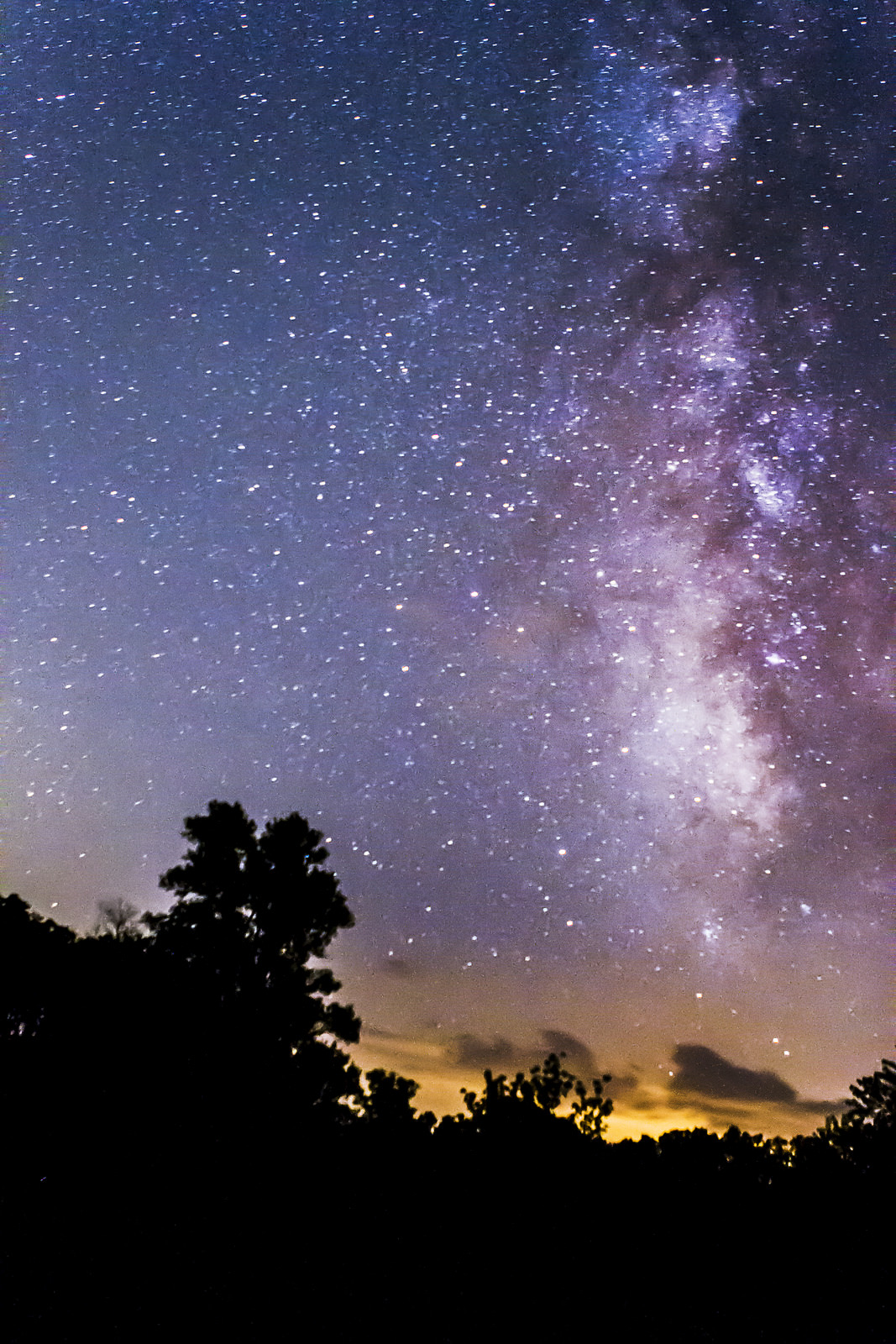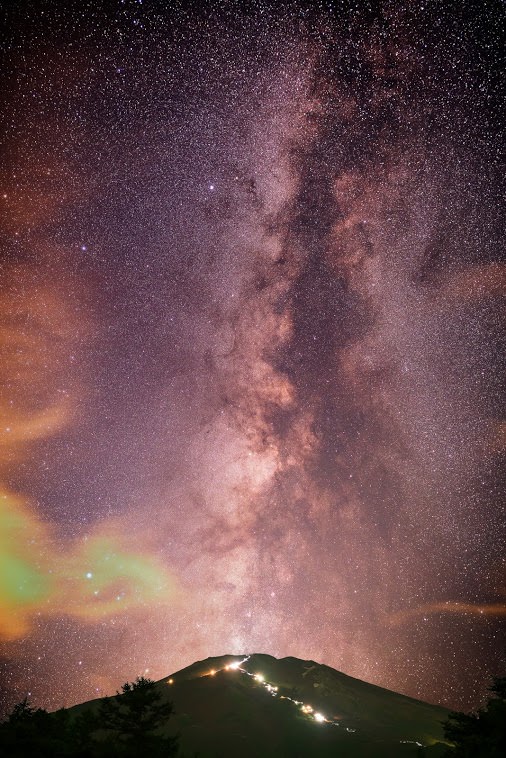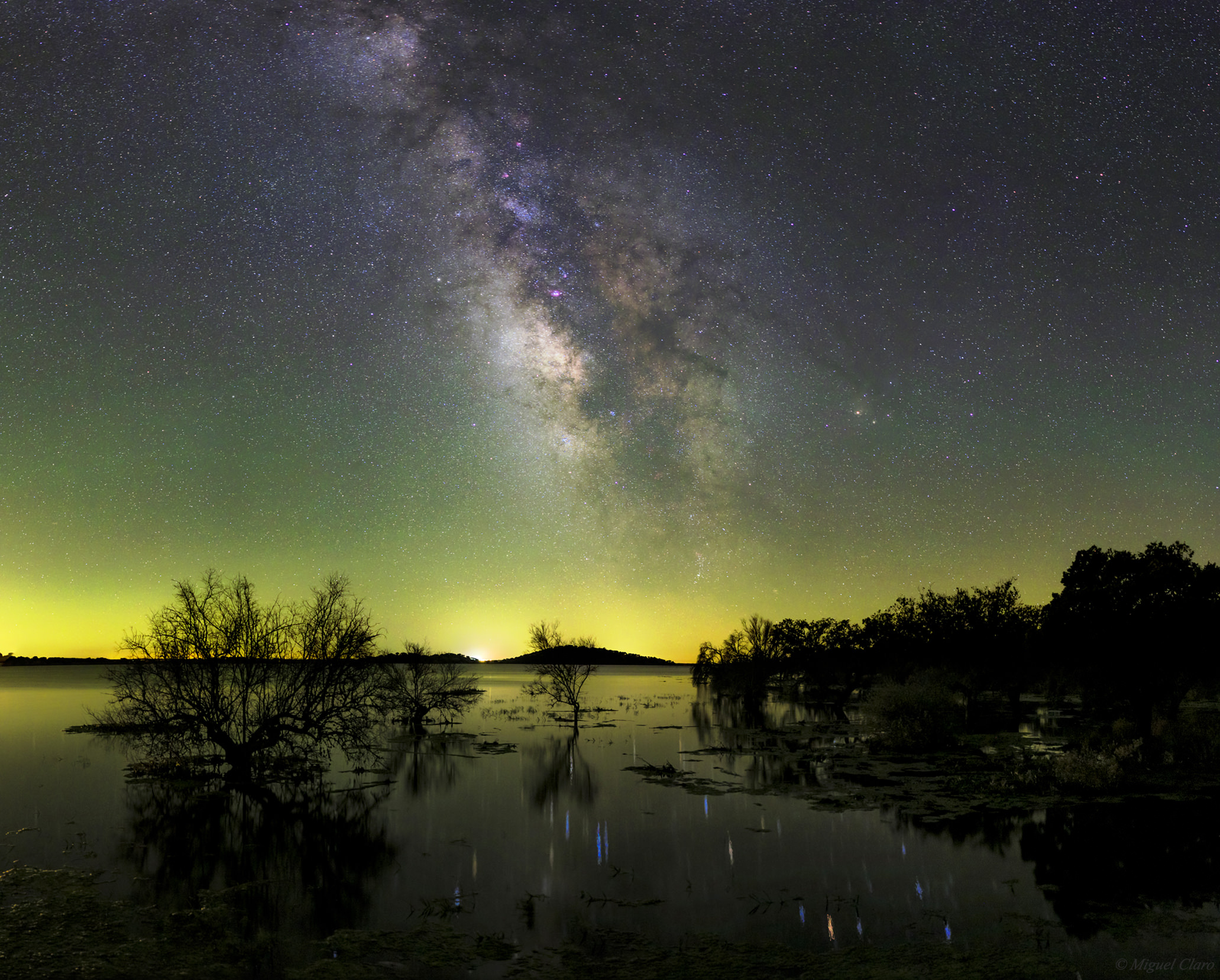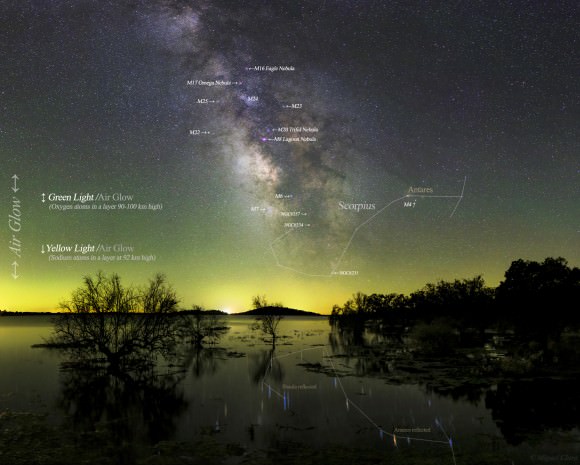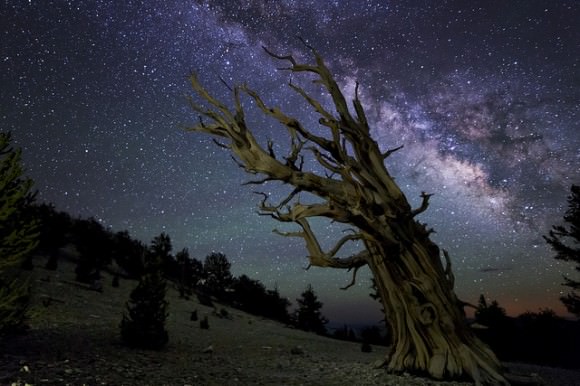Amateur astronomers from Illinois frequently venture out to Jim Edgar Panther Creek State Park, a 26-square mile conservation area of prairie and forest, famous for having the darkest skies in the state. But of course, lots of folks head out to the park to enjoy other things like the picturesque landscapes, the wildlife, and the solitude.
This past week my friend Ben Romang went to do some camping at Panther Creek, and with a borrowed camera, wanted to make his first attempt at photographing the night sky. He was hoping to nab some Perseid meteors, but instead was overwhelmed with the beauty of the expansive sky overhead. For his first try, I think he did a pretty good job of capturing the view, don’t you?
Ben used a Canon 7D, with an EF 24-70mm lens.
If you’d like to see these amazing dark skies for yourself, the perfect time would be during the annual Illinois Dark Sky Star Party, held every year by the local astronomy group in my area, the Sangamon Astronomical Society. It’s a great event, with a wonderful observing site, lots of room for camping, great food, interesting speakers (so claims their website — I’ve spoken there a few times!), and very friendly folks who are passionate about amateur astronomy. This year the Dark Skies Party is October 3-6, 2013. Find out more about the event here.
Want to get your astrophoto featured on Universe Today? Join our Flickr group or send us your images by email (this means you’re giving us permission to post them). Please explain what’s in the picture, when you took it, the equipment you used, etc.

